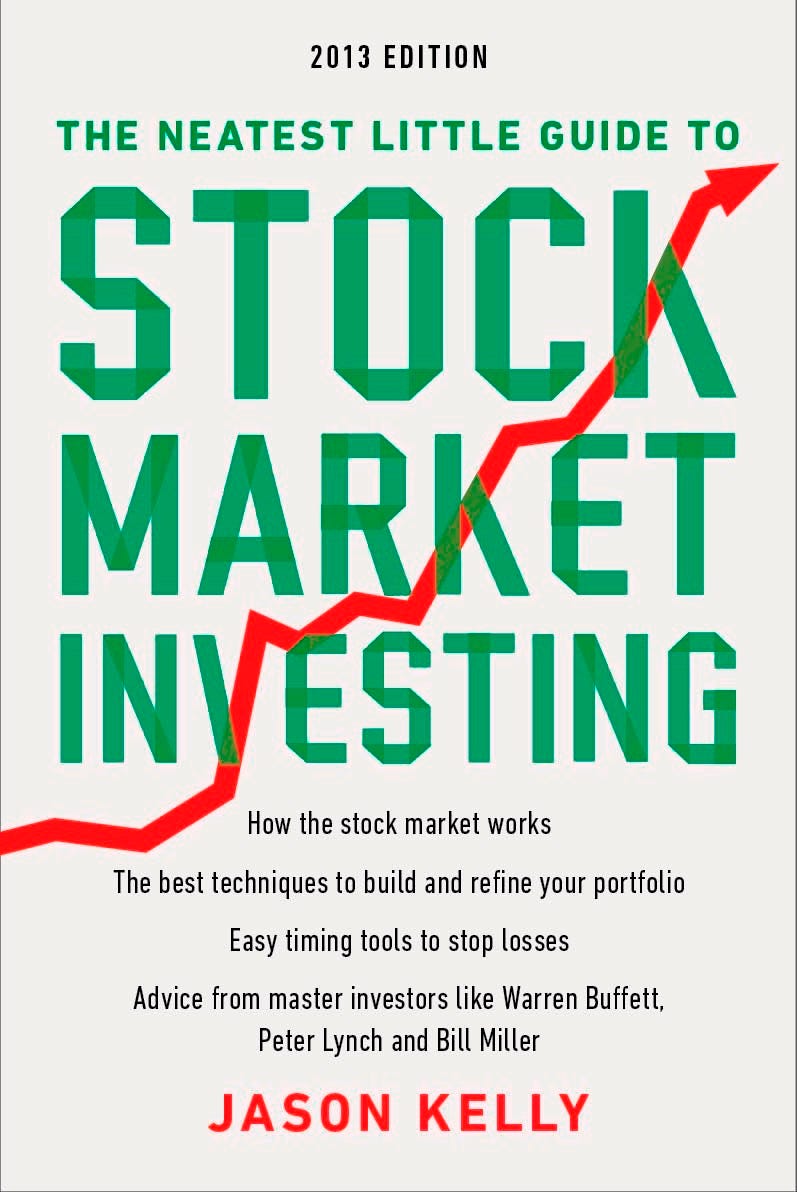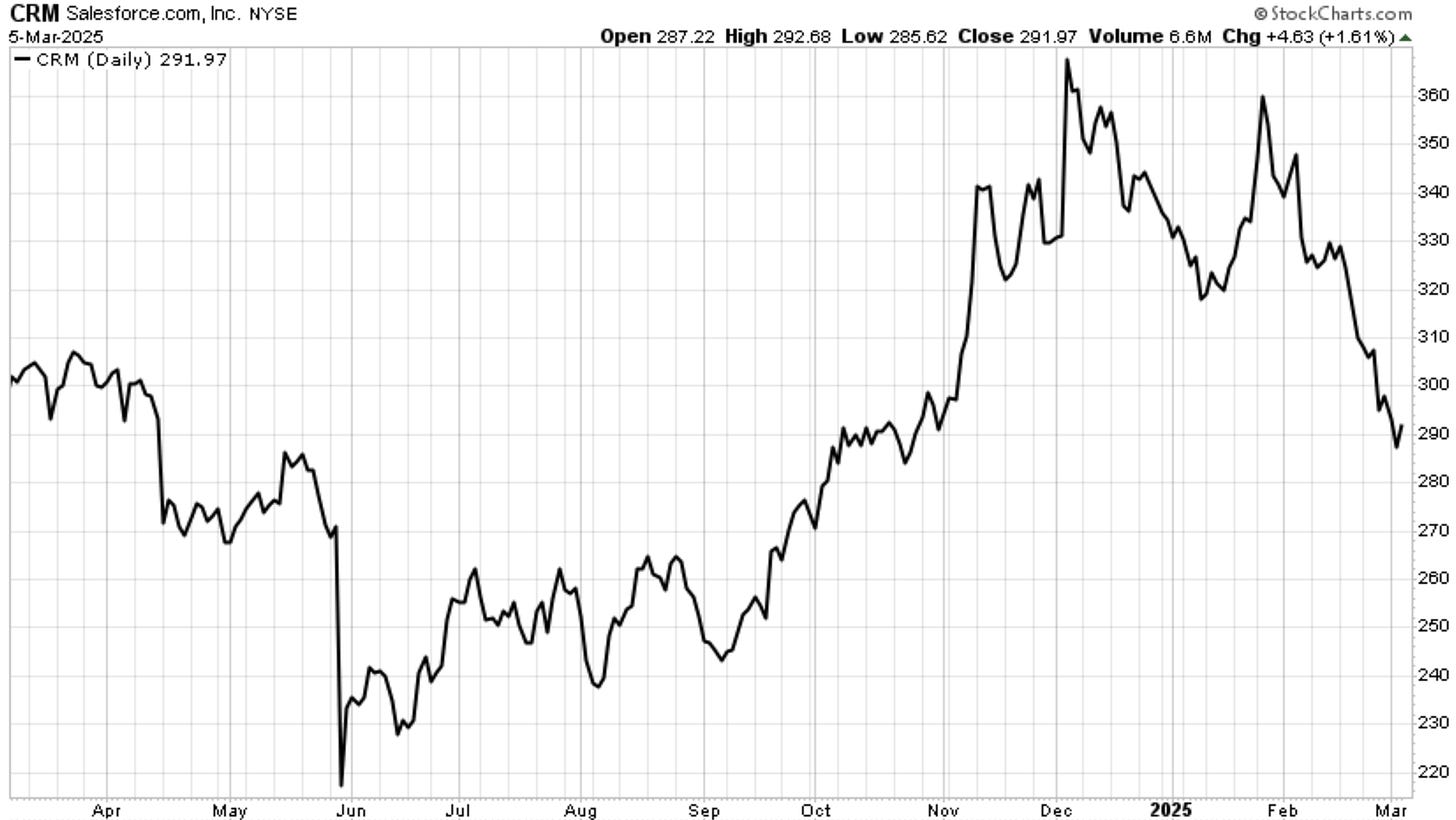From “The Dow Dividend Strategies” section of Chapter 4: Permanent Portfolios in The Neatest Little Guide to Stock Market Investing:
Now you’re thoroughly convinced of the reliability of Dow companies and you understand why high dividend yields are a good indicator of bargain stock prices. It’s time to look at how the Dow dividend strategies seek to harness that information for profit.
The plan is to spend 15 minutes once a year finding the 10 highest-yield Dow stocks, then invest in each of the 10 or a select number of the 10. Every year thereafter, you repeat the process and adjust your portfolio by selling the stocks that no longer make the select group and buying the ones that replaced them.
Your eyes haven’t failed you — this is, indeed, an investment strategy requiring 15 minutes of research once per year. [Author of the 1991 book Beating the Dow Michael] O’Higgins wrote that each Dow strategy “involves reviewing and updating your portfolio once a year and fastidiously and deliberately ignoring it in between.” For convenience, historical returns tracking the Dow dividend strategy begin on January 1, but you can begin your plan on any day of the year.The approach has required maintenance over the decades. From 2007 to 2018, it merely kept pace with the overall Dow Jones Industrial Average, making just buying the average itself easier. If you’d purchased the SPDR Dow Jones Industrial Average ETF (DIA) at the end of 2007 and didn’t look up again for ten years, you would have found your performance the same as if you’d run the the Dow dividend strategy ten years in a row.
Had you continued holding, you would have outpaced your Dow dividend buddies through the end of 2024 — by quite a lot. Here’s the chart, using data from FactSet, DogsOfTheDow.com, and Hulbert Ratings, more from which below:
How can we improve the grand ol’ strategy? One way is to apply additional filters beyond dividend yield, which remains a good starting point.
Let’s have a look at some ideas.
Mark Hulbert’s Filters
In his December article at MarketWatch, “Forget ‘Dogs of the Dow.’ Here Is a Better Strategy For Picking Dividend Stocks,” Mark Hulbert presented the chart above and introduced his ideas. Here’s the chart as it appeared in his article:
One of Hulbert’s ideas was taken from the newsletter Investment Quality Trends, edited by Kelley Wright, a paying client of Hulbert Ratings. According to Hulbert:
So long as a stock is not in danger of cutting its dividend, Wright favors it if its dividend is near the high end of the range of its past yields. Over the same 18-year period reflected in the accompanying chart, this newsletter’s model portfolios have produced a return of 11.0% annualized, not only handily beating the Dogs of the Dow strategy but the broad market as well.
Another improvement advocated by Hulbert is to introduce other stock-quality filters beyond dividend yield. His preference is recommendations by the newsletters he tracks. If a newsletter likes one of the Dow dogs, that’s an extra layer of endorsement beyond the high yield, which has recently served as an incomplete filter. According to Hulbert, this approach:
…helps protect you against investing in a high-yielding stock whose attractive dividend reflects the market’s judgment that the company’s yield is about to come down not because its stock price is about to rise but because its dividend is about to be cut.
For a filter, he settled on “stocks within the Dow 30 that are also recommended by two or more of the investment newsletters whose returns are calculated by my performance auditing firm.”
In December, the top stock from this approach was Disney (DIS) with a yield of 0.9% and recommended by three newsletters. The others were recommended by two newsletters. Here’s the complete list, sorted by yields:
Dow Stocks
Recommended By At
Least two Hulbert-Tracked
Newsletters on Dec. 10,
With Then-Yield (%)
– – – – – – – – – – – – – – –
3.3 Amgen (AMGN)
3.3 Johnson & Johnson (JNJ)
2.1 3M (MMM)
2.1 Nike (NKE)
2.0 JP Morgan Chase (JPM)
0.9 Disney (DIS)
0.7 Microsoft (MSFT)
0.4 Apple (AAPL)
Since their December 10 close, here’s how the prices of the eight stocks have changed, compared with the Dow Jones Industrial Average via DIA:
Price Change Since
12/10/24 (%)
– – – – – – – – – – – – – – –
14.8 Amgen (AMGN)
10.7 Johnson & Johnson (JNJ)
13.8 3M (MMM)
1.4 Nike (NKE)
3.6 JP Morgan Chase (JPM)
-4.7 Disney (DIS)
-9.5 Microsoft (MSFT)
-4.9 Apple (AAPL)
-3.0 Dow Jones (DIA)
Most-recommended Disney wasn’t so hot, but other than that, pretty good. The average price change of the eight was +3.2%, more than 6 percentage points above the Dow’s -3.0%.
Value Line
On the off chance you’re not a subscriber to Hulbert’s newsletter or every newsletter he tracks, is there another analytical filter you could substitute instead? Yes, quite a few. Among them: Value Line.
All of Value Line’s Dow component reports are offered free of charge, to introduce investors to the company’s stock profiles. For more on that, see my Research to Riches, Part 4.
One of Value Line’s proprietary ranking system elements is Timeliness. Stocks ranked 1 or 2 for Timeliness are expected to show stronger relative price performance than other stocks over the next six to 12 months. Out of 1,700 stocks tracked by Value Line, only 100 are ranked 1 for Timeliness at any given time. Could Dow stocks ranked 1 for Timeliness outperform the Dow itself? Let’s see.
On December 10, the following Dow stocks sported a Value Line Timeliness rank of 1:
Dow Stocks With a
Timeliness Rank of
1 on 12/10/24
– – – – – – – – – – – – – – –
Caterpillar (CAT)
Salesforce (CRM)
Walmart (WMT)
Here’s how they’ve done, compared with the Dow Jones Industrial Average via DIA:
Price Change Since
12/10/24 (%)
– – – – – – – – – – – – – – –
-12.9 Caterpillar (CAT)
-16.3 Salesforce (CRM)
0.7 Walmart (WMT)
-3.0 Dow Jones (DIA)
Abysmal, but it’s early — we’re just three months into this experiment. I’ll keep an eye on these over the year, and possibly run a more scientific study.
Current Set
You might be more interested in stocks meeting the criteria today than ones that met them on December 10. While I can’t access Hulbert’s data, I can offer the following Dow components currently sporting a Value Line Timeliness rank of 1:
Dow Stocks With a
Timeliness Rank of
1 on 3/6/25
– – – – – – – – – – – – – – –
Caterpillar (CAT)
Salesforce (CRM)
Visa (V)
Below are their one-year charts:
Ranking the Dogs
Another variation would be ranking the current 10 highest-yield Dow stocks by their Value Line Timeliness ranks, and going with a subset, say, the top 5 or top 3. Here’s what this filter would present today:
Timeliness Ranks
Of Dow Dogs on 3/6/25
Sorted By Yield (%)
– – – – – – – – – – – – – – –
6.2 VZ Ranked 3
4.5 CVX Ranked 3
3.5 MRK Ranked 3
3.1 AMGN Ranked 3
3.0 JNJ Ranked 3
2.8 KO Ranked 4
2.7 IBM Ranked 2
2.6 CSCO Ranked 2
2.4 HD Ranked 3
2.3 MCD Ranked 3
For consistency, let’s narrow down to three stocks.
IBM and CSCO make the cut based on their Timeliness ranks of 2, but after them it’s a sea of stocks ranked 3. Keeping in the spirit of the Dogs of the Dow, we’ll go with the highest-yielding of them: VZ. This, then, would be our list based on this additional filter:
Top Three Ranked
Dow Dogs on 3/6/25
Sorted By Yield (%)
– – – – – – – – – – – – – – –
6.2 VZ Ranked 3
2.7 IBM Ranked 2
2.6 CSCO Ranked 2
Below are their one-year charts:
Tracking These Dow Stock Sets
I’ll track these Dow stock sets and provide you with updates later:
Hulbert’s 8 based on his newsletters on 12/10/24
Top Timeliness Dow 3 on 12/10/24
Top Timeliness Dow 3 on 3/6/25
Top Timeliness Dow Dog 3 on 3/6/25













